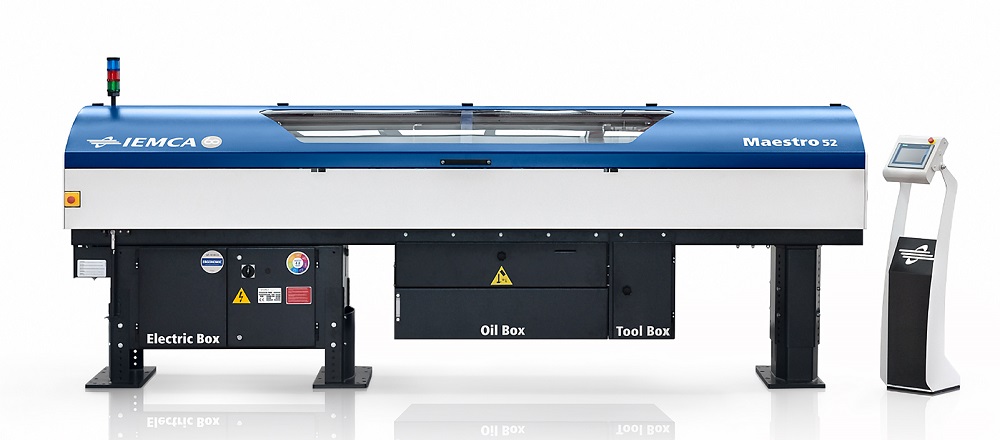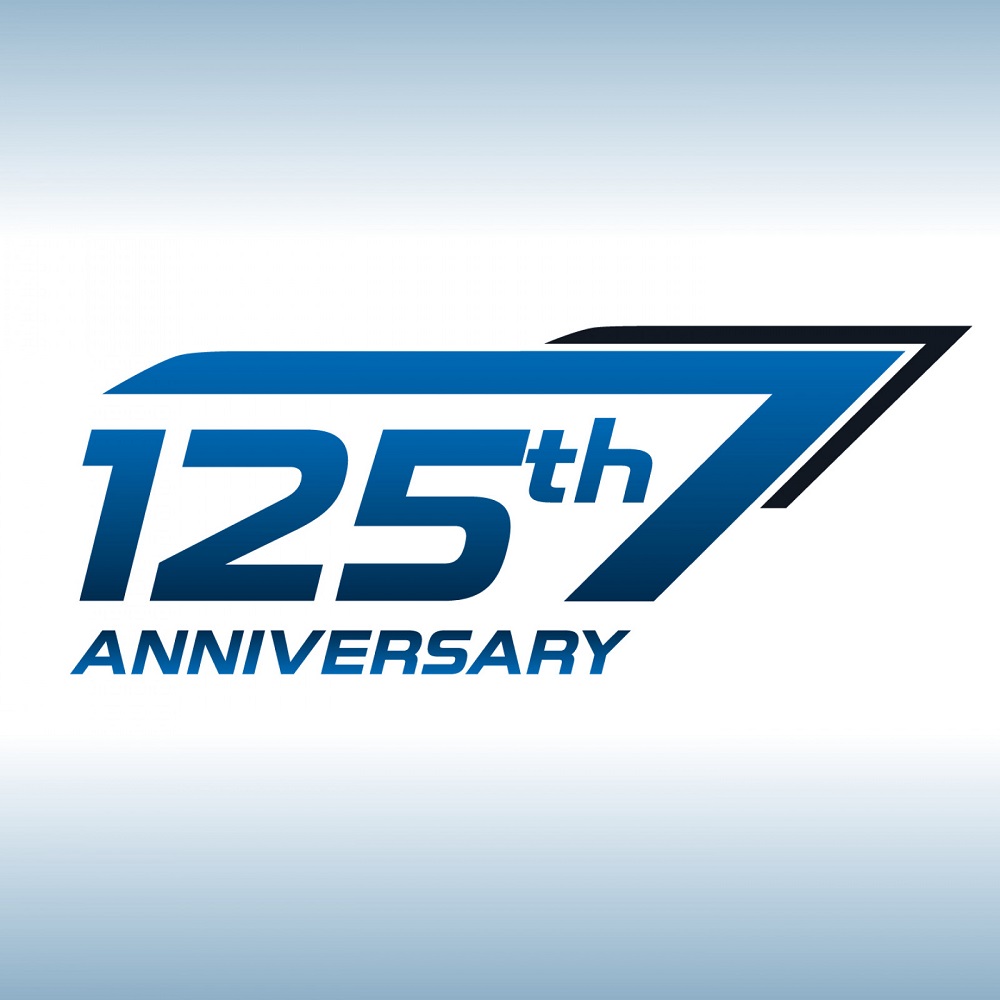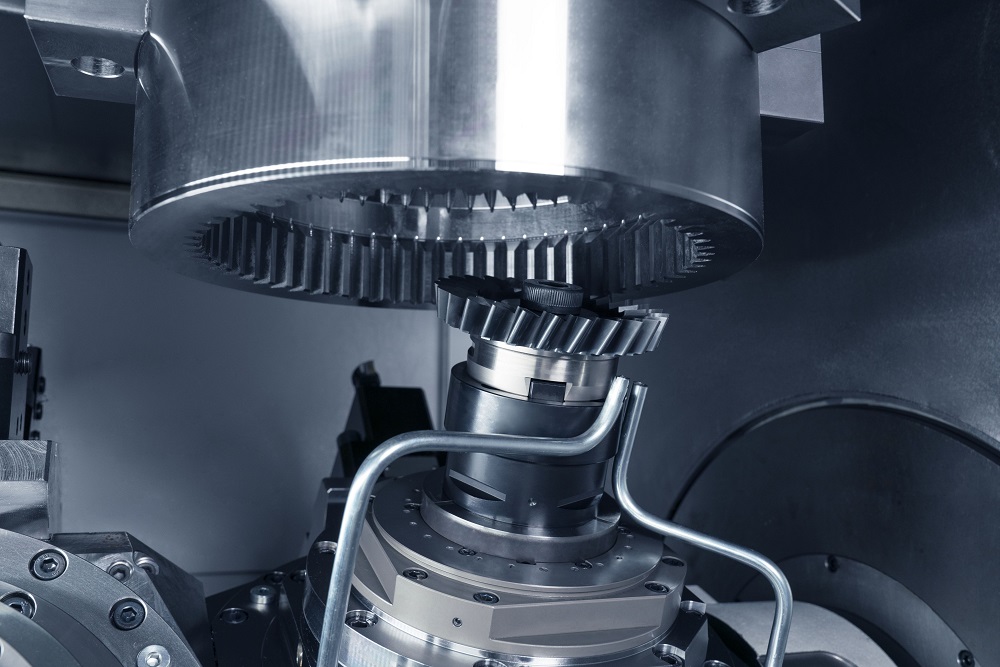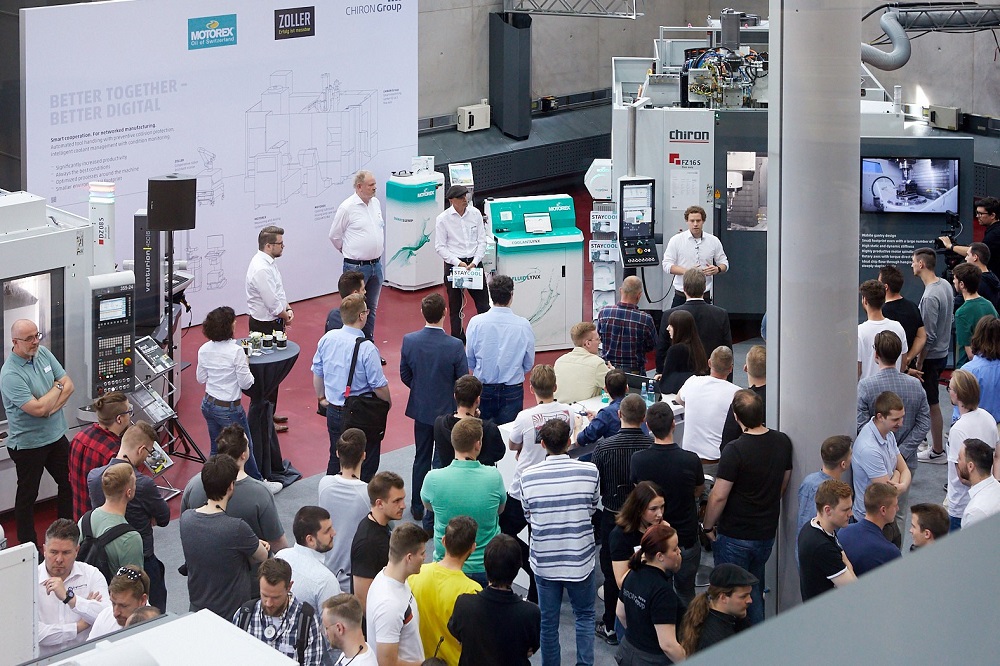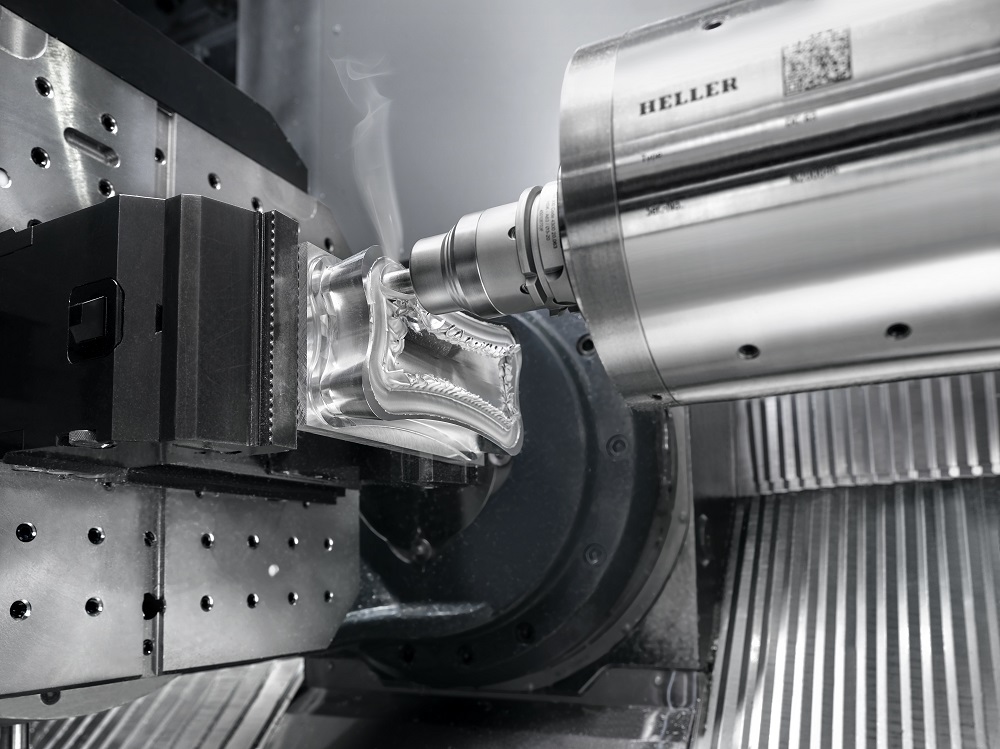A manufacturer of automatic barfeeds for CNC lathes, Italy-based Iemca, is adding a third model to its Maestro range. All are designed to maximise productivity on fixed-head lathes and offer unattended production around the clock. They are available in the UK and Ireland through sole agent 1st Machine Tool Accessories.
The two existing models can handle round stock up to 100 mm diameter. Both are capable of bar changeover in 31 seconds, as is the new Maestro 52, which is for smaller lathes running material up to 51 mm diameter, 42 mm hex and 36 mm square. It is possible to load bars up to 4.2 m in length to a maximum combined weight of 100 kg.
There are numerous interesting design features incorporated into the new barfeed, three of whichcarry patents. One protects ABACOS (Adaptive BAr COntrol System), a self-adjusting bar clamping arrangement designed to guide the material, damp vibrations and tighten on the pusher, all without changing the guide channel.
Another patented feature, the Vibra-Damp collet with interchangeable inserts avoids vibration. The collet restricts bar oscillation byreducing their amplitude and lowering bending and torsional stresses on the bar. The third patent concerns the HandyLoq quick-change collet system, which allows manual exchange within three seconds without the need to use tools.
Additional advantages of all Maestro bar feeders are Industry 4.0 data sharing as an option, and a choice of bar loading systems including an UP magazine that allows the presentation of material at an ergonomic height.
For further information www.1mta.com






